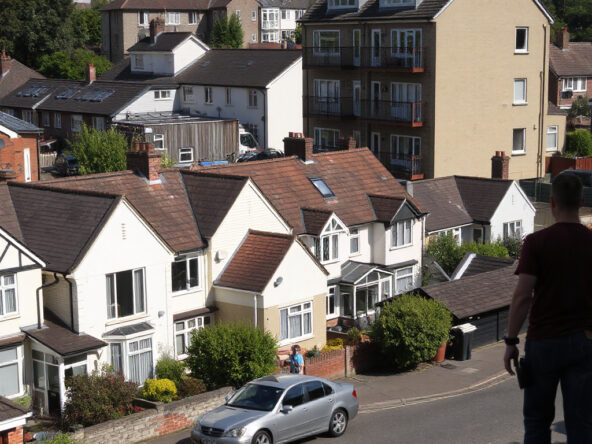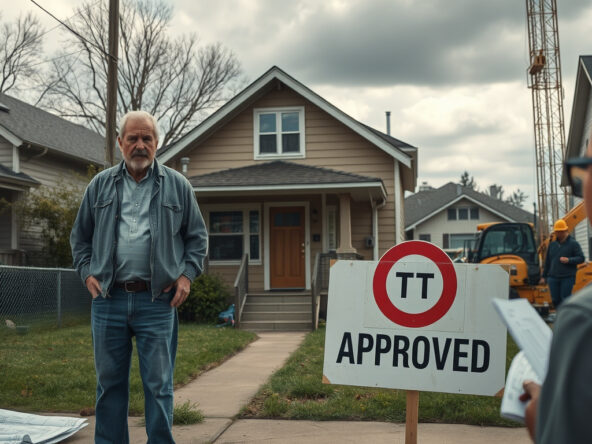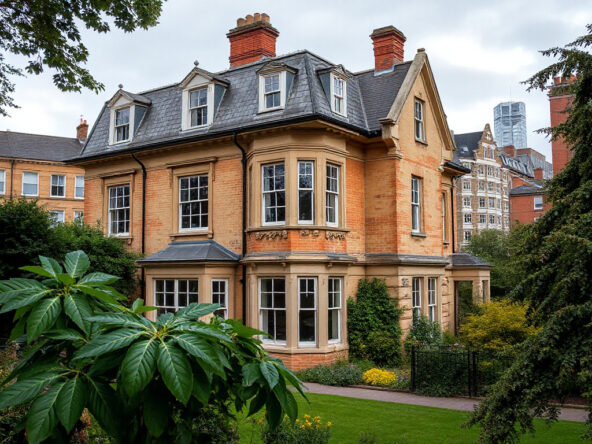Proposed Conversion of Family Home into Nine-Bed HMO Sparks Local Concerns in Birmingham Suburb
A planning application exists that seeks, in a suburban Birmingham context, to convert a semi‐detached family dwelling—originally built with five bedrooms—into a dwelling classified as a House in Multiple Occupation containing nine en-suite rooms distributed across three vertically aligned storeys, while concurrently incorporating a shared cooking facility, lounge space, and a limited exterior area; the property lies adjacent to a railway station and within a zone noted for its residential abundance and affluence, a circumstance which underscores the modification’s contentious nature.
Key Features and Proposal Details
The proposal assigns each tenant an individual en-suite unit while delineating communal spaces for shared living; it prescribes parking that is markedly restricted, with allocation limited to one visitor space accompanied by provisions for cycle parking, and it prohibits resident operation of personal vehicles at the site; the structure, accessed via a private driveway and positioned beside both a railway alignment and a multi-flat converted property, sits amid a blending of residential uses that intensifies community scrutiny.
Local Community Response
Local residents articulate strong objections as they report apprehension about potential noise surges, restricted vehicular access, and the disruptive effects of a densely occupied rental condition in an area traditionally reserved for family habitation; anecdotal evidence from prior multi-occupancy dwellings describes patterns of frequent ingress and egress that unsettle the established residential rhythm, and local councillors have expressed dissent by stating that the introduction of such a sizable multi-occupancy dwelling stands in marked contrast to the prevailing residential environment and the housing expectations of the community.
Planning Considerations
Supporters of the conversion contend that the repurposing of an underutilized asset serves to mitigate rental deficiency, with the singular occurrence of an HMO within a 100-metre perimeter being posited as a factor that moderates potential overcrowding; the planning review process will incorporate factors such as the property’s geographical situation, the integrity of its existing structure, the specifics of access routes, and the forecast impact on nearby inhabitants.
Summary
The application illustrates an enduring tension between the ambition to augment housing capacity via multi-occupancy transformations and the imperative to preserve the established character and amenity inherent to traditional residential settings; prospective investors in multi-occupancy properties are thereby urged to consider community sentiment, the nature of parking arrangements, the specifics of management protocols, and the site’s overall suitability, while local residents and stakeholders maintain structured avenues for engaging with the review process to ensure that any prospective development accords with long-standing community parameters.



